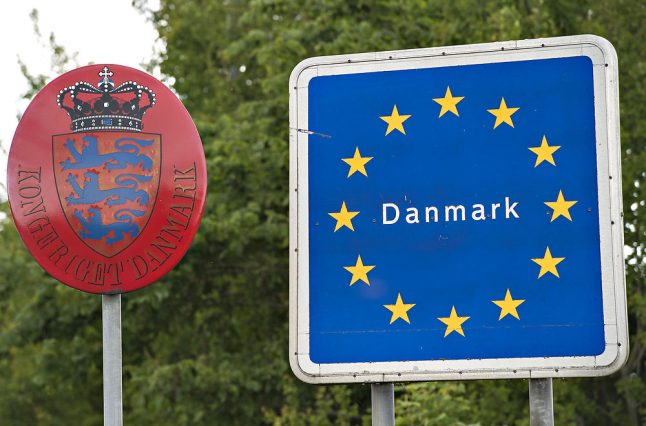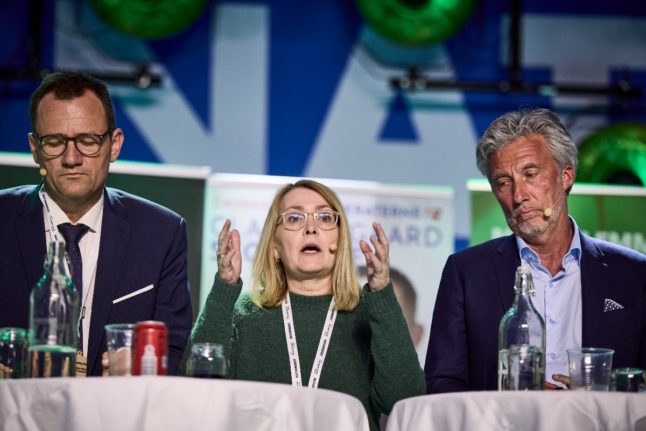75 percent said Denmark's membership of the union was a good thing, while only 6 percent considered it to be a bad thing. 84 percent said EU membership was 'on balance' an advantage for Denmark.
The figures are the result of interviews with 27,474 EU citizens — around 1,000 people per member state — conducted by Eurobarometer, a public opinion survey carried out on behalf of the European Parliament.
According to the study, more member state citizens than at any time in the last 25 years currently see the EU as a good thing for their country.
Despite the apparent overall positive view, 50 percent of all respondents in the survey said they were not satisfied with the current direction of the political and economic union.
In Denmark, 43 percent said the EU should take a different direction.
That does not mean that Danes want to follow the path taken by the United Kingdom and leave the EU, however: 77 percent would vote to remain in the EU in a hypothetical membership referendum, the survey found. 14 percent said they would vote to leave, while nine percent answered ‘don’t know’.
A higher proportion of people from Denmark than other member state will vote in the next EU parliamentary elections, the survey also found.
76 percent of Danes eligible to vote said they would vote in the next EU parliamentary elections on May 26th 2019, the highest figure in any member country.
Only 56.3 percent of Danes voted at the last EU parliamentary election in 2014.
Anne Mette Vestergaard, head of the European Parliament’s office in Denmark, welcomed the result of the study.
“My aim is for us to be world champions at democracy in May next year, so it’s fantastic that Danes are already looking towards polling booths,” Vestergaard told Ritzau.
“Far too few Danes voted in the last EU elections, but this time things look promising,” she added.
READ ALSO:



 Please whitelist us to continue reading.
Please whitelist us to continue reading.